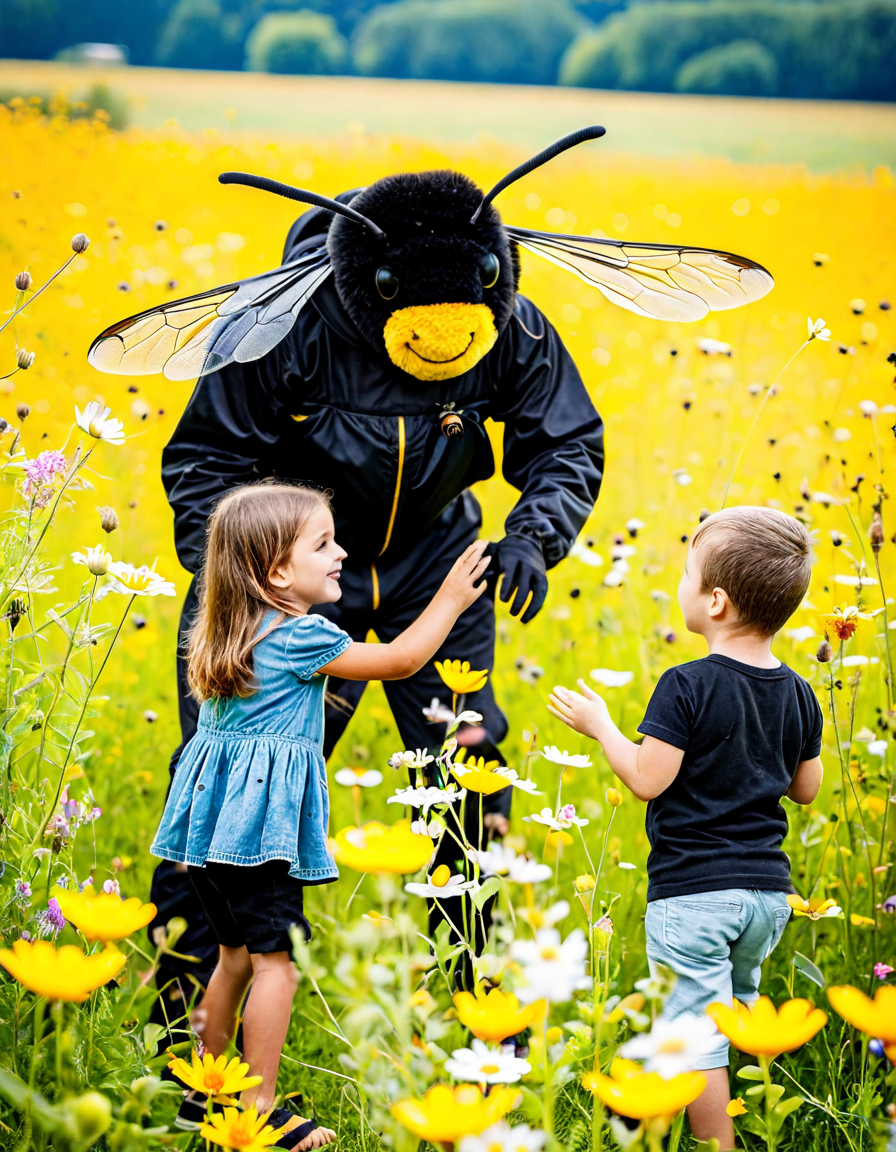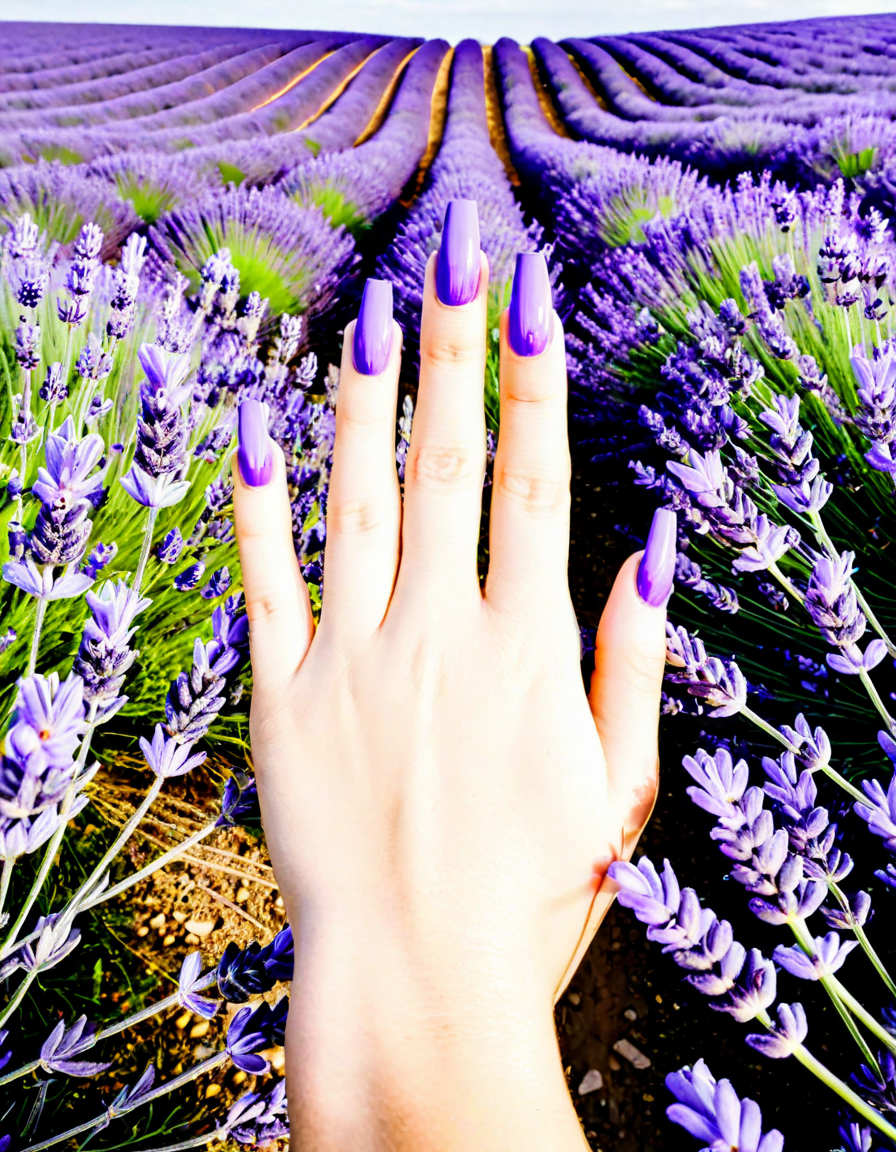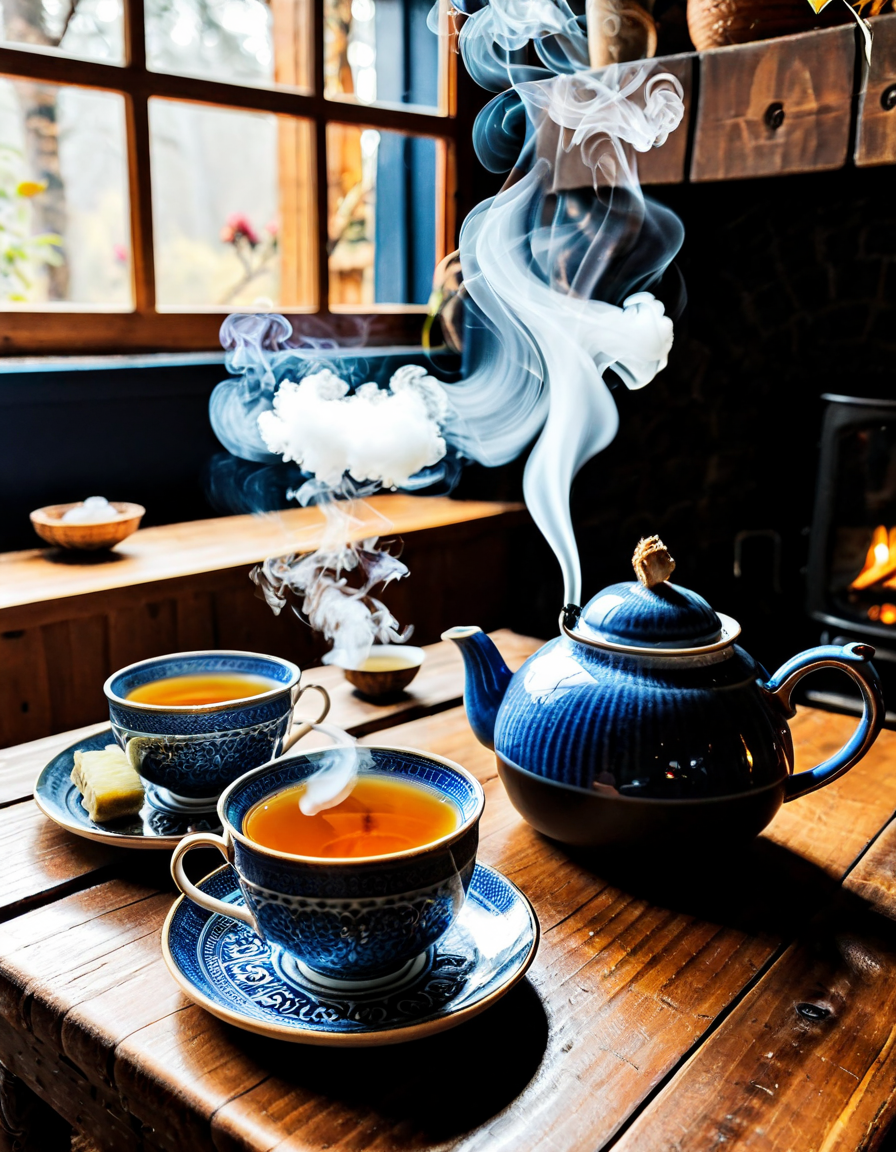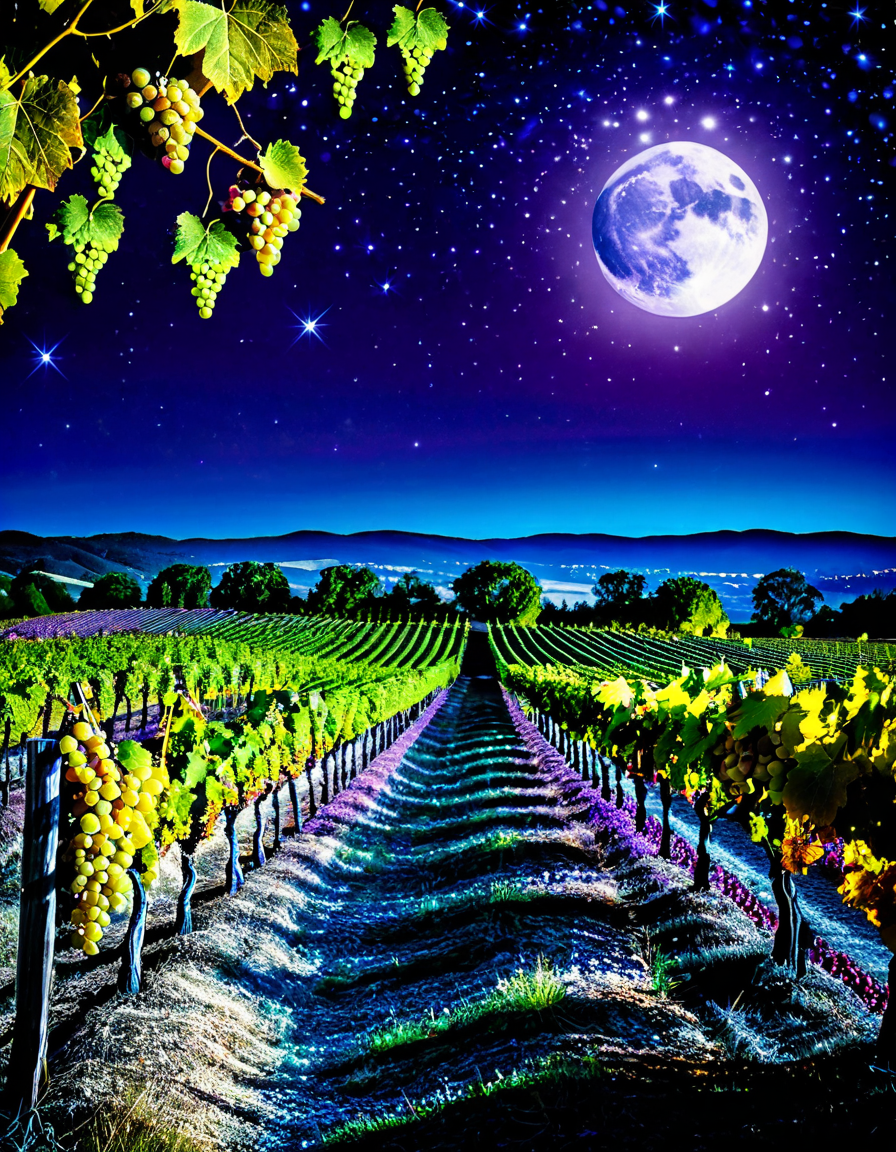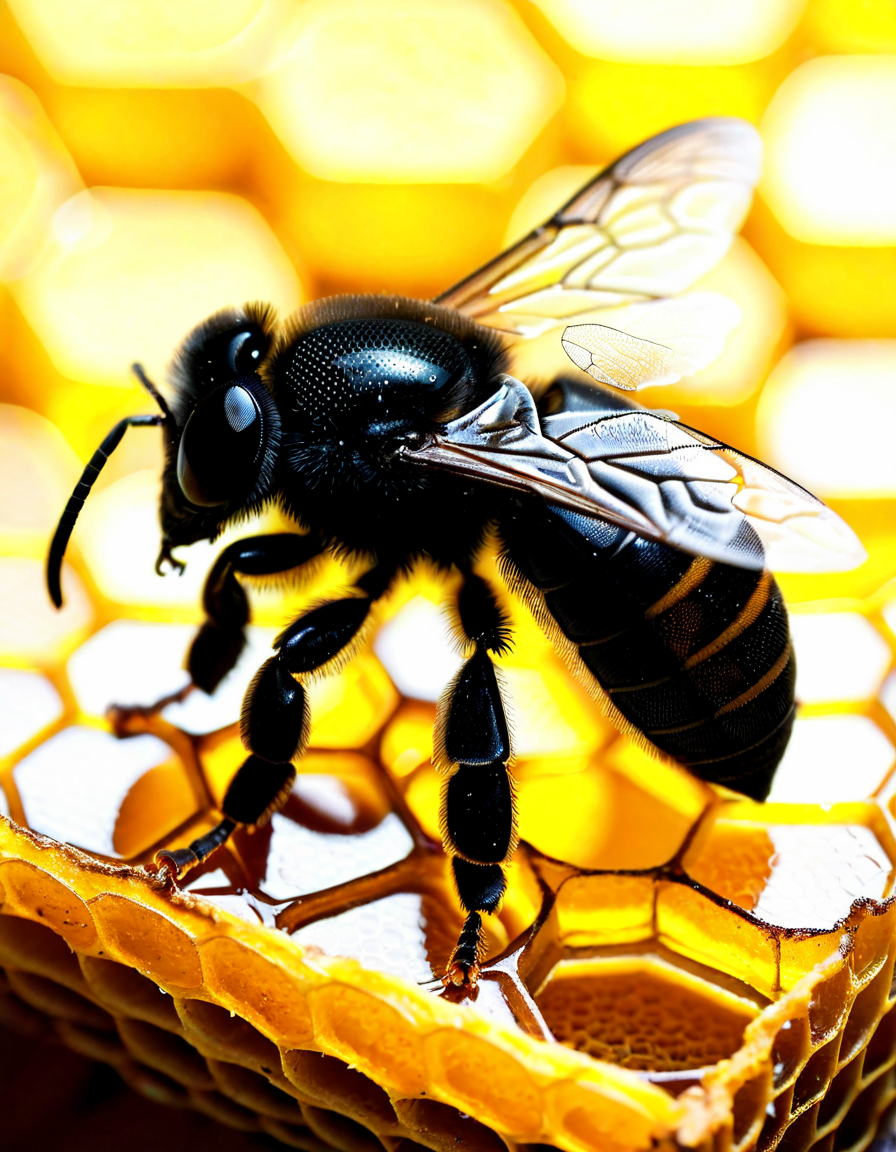
The Fascinating World of the Black Bee: Nature’s Hidden Marvels
Let’s dive into the captivating universe of the black bee. Often overlooked in favor of tricolored honey bees, the black bee, especially the European black bee (Apis mellifera mellifera), is nothing short of an ecological and cultural superstar. With its dark coloration and distinct characteristics, this insect plays a vital role in our ecosystems. Their contribution to biodiversity is tremendous, as they are exceptional pollinators that help maintain the delicate balance of flora and fauna.
Now, the behaviors of black bees are equally intriguing. These bees often prefer deeper flowers and have specialized tongues that allow them to extract nectar from plants that other bees can’t reach. As a result, they effectively contribute to the pollination of crops, leading to increased yields. Farmers in European orchards, for instance, have noticed that when black bees are part of the ecosystem, their fruits and vegetables thrive. Isn’t that cool?
Moreover, the adaptations of black bees are remarkable. They can endure cooler climates better than other honey bee species. Beekeepers like Jürgen Rabe from Germany have seen first-hand how black bees can withstand lower temperatures, allowing them to maintain healthy colonies throughout the year. This unique ability doesn’t just make them fascinating; it also emphasizes how crucial they are for local ecosystems, particularly as we face more erratic climate patterns.
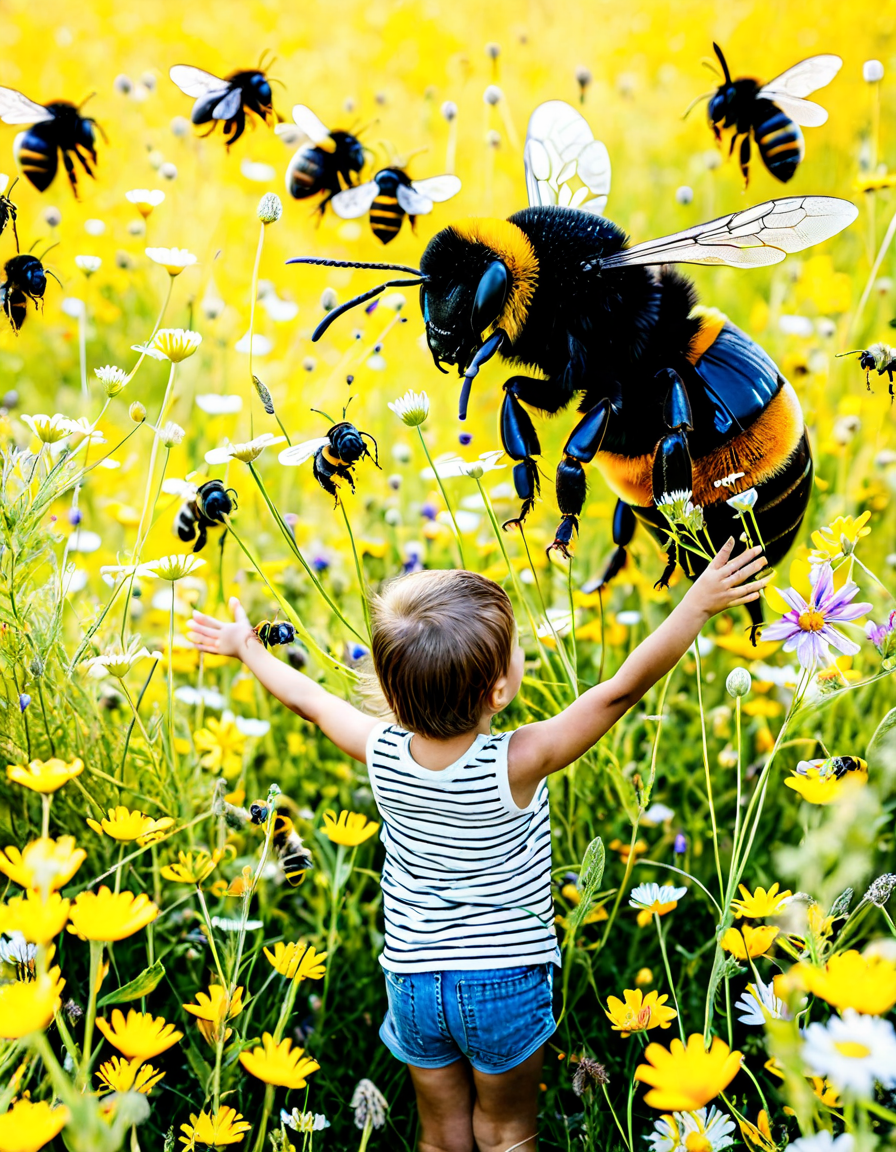
7 Astonishing Facts About the Black Bee That Will Change Your Perspective
Here’s where we get to the good stuff! Let’s explore seven astonishing facts about the black bee that are sure to change your perspective.
Black bees rock when it comes to pollination. They have this amazing ability to access deeper flowers that other pollinators often ignore. Studies show that crops pollinated by these industrious bees yield significantly better results. Just think about those European orchards again—where would they be without those hardworking black bees?
Black bees have this cool knack for thriving in cooler climates. This ability sets them apart from your average honey bee. For example, in the northern regions of Europe, they can withstand lower temperatures. Imagine being a beekeeper like Jürgen, who happily watches his colonies flourish even in cold weather!
The social dynamics of black bees are simply fascinating. They show less aggressive behavior compared to other bee species, making them easier to manage. This non-aggressive nature likely stems from their long history without major predators. Can you imagine a beekeeping experience like that?
Black bees produce propolis, a resin-like substance that is gaining traction in the health world. Research suggests that propolis is packed with anti-inflammatory, antiviral, and antifungal properties. Companies, such as BEE&YOU, market propolis-based health supplements that promise a boost in well-being. So, next time you’re eyeing a natural remedy, consider the power of the black bee!
Across various cultures, black bees hold a special place in lore and agriculture. Ancient Egyptians revered bees, using them as symbols of hard work and community in hieroglyphs. Today, artists and craftspeople continue to draw inspiration from these insects, illustrating their lasting impact on society.
Did you know that black bees are environmental barometers? Their decline can signal larger ecological problems. Recent research in the Journal of Apicultural Research illustrates how changes in black bee populations correlate with environmental shifts—making them vital for monitoring the health of our ecosystem.
Innovative beekeepers like Celia Kingston from the UK are at the forefront of supporting black bee populations through sustainable techniques. By avoiding synthetic pesticides and boosting native plant life, they actively work to secure habitats for these crucial pollinators. It’s inspiring to see such initiatives shaping a greener future!
The Black Bee and the Mohawk Fade: A Symbol of Cultural Resurgence
Now, let’s draw an unexpected connection between the black bee and the mohawk fade. This modern hairstyle, often associated with rebellion and individuality, parallels the black bee’s fight against environmental threats. Both represent a resurgence of appreciation for what has traditionally been marginalized. Just like the mohawk fade has morphed from punk culture into a widespread fashion statement, black bees are reclaiming their spot as essential players in our global ecosystem.
In a world that sometimes glamorizes only the vibrantly colored, it’s heartening to see the value people place on black bees. This cultural crossover highlights the importance of embracing the unconventional, whether in personal style or wildlife conservation. The mohawk fade acts as a symbol of empowerment, much like the black bee’s journey from obscurity to prominence.
Future Trends in Black Bee Conservation and Importance
Looking ahead, the conservation and importance of black bees will only amplify. We’re seeing a sweet shift towards sustainable agricultural methods that promote biodiversity. Community-oriented beekeeping initiatives are sparking interest in urban environments, resulting in cities transforming into sanctuaries for these industrious insects.
Programs like the Urban Beekeeping Institute encourage residents to take action by maintaining hives on rooftops and gardens, ensuring that black bees thrive. Through educational platforms, people are learning how crucial these pollinators are in combating environmental issues. It’s an exciting time where the narrative surrounding black bees shifts to one of celebration and empowerment.
By intertwining the allure of the black bee with contemporary phenomena like the mohawk fade, we create space for deeper appreciation for nature’s wonders and human creativity. As we advance, understanding these connections could prove vital for ensuring the health of our planet and its intricate web of life. The ongoing dialogue surrounding black bees will pave the way for sustainable futures, ultimately benefiting us all.
In conclusion, whether it’s the beauty of a black bee buzzing from flower to flower or the boldness of a mohawk fade gracing the heads of a new generation, both symbolize resilience, creativity, and the dynamic interplay between nature and culture. Let’s not just admire these marvels; let’s advocate for their conservation and celebrate their unique place in our world.
Black Bee Secrets That Will Astound You Today
A Unique Buzz in Nature
You might think that all bees are yellow and black, but the black bee paints a different picture in the world of pollinators! Renowned for their striking appearance, especially when contrasted against colorful flowers, black bees, particularly the Apis mellifera mellifera, are crucial for pollination. Fun fact: they can cover several miles to forage for nectar and pollen! Just like a pair of rubber Birkenstocks on a summer day, they’re built for comfort as they travel different terrains to gather their treasures.
Remarkable Role in Ecosystems
These furry friends play an extraordinary role in maintaining our ecosystems. Did you know that approximately one-third of the food we consume relies on pollinators like the black bee? It’s no wonder many gardeners, much like those who cherish their lavender Nails, ensure their gardens are bee-friendly! Additionally, black bees are particularly adept at pollinating fruit and vegetable flowers, which directly contributes to our food supply. Their unique pollen-collecting method allows them to pick up more pollen grains than other bees, enriching the biodiversity around us. How’s that for a secret weapon in nature’s toolkit?
A Buzzing Community
Black bees aren’t just hard workers; they have fascinating social structures, too. These bees adapt remarkably well to their environment, much like how a gray cat can seamlessly blend into different settings. When it gets chilly, they cluster together in their hives to stay warm—talk about teamwork! Interestingly, researchers believe that the dynamics within a black bee colony can teach us valuable lessons on cooperation, much like the cooperation seen among artists like Sean Paul in the music industry. So next time you spot a black bee buzzing about, remember the hidden layers of community, resilience, and connection that they represent!
In the end, whether you’re glancing at a vibrant flower display or exploring new interests like mascourts, remember that life benefits profoundly from these tiny creatures. With their effortless grace and essential ecological roles, black bees sure know how to keep nature abuzz!
